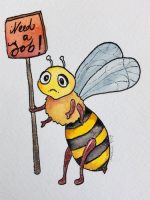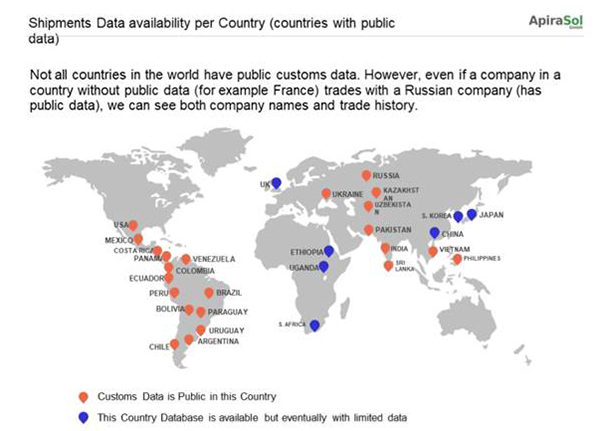Have you ever heard the saying, “It takes a village to raise a child”? This saying can easily be adapted to blockchain in the food supply chain, only it would say, “It takes a village to do blockchain successfully.”
Blockchain, by definition, requires the collaboration and consensus of all of its participants. If you look at a commonly accepted definition, blockchain is a sequence of consensually verified transaction blocks chained together, with each of the supply chain members as an equal owner of the same transaction data.
In the food supply chain context, this means that all supply chain participants—from the farmer/grower to the retail store and, in some scenarios, even the end consumer—have to be part of the blockchain or it will fail.
But therein lies the problem.
The Blockchain Catch-22 Adoption Dilemma
While blockchain has the potential to revolutionize the food industry (e.g., the way we handle food recalls), it puts innovators in today’s complex food supply chains in an awkward Catch-22 dilemma.
Unless you are Walmart or another equally big force in the food industry with the buying power to demand that your suppliers adopt blockchain, you cannot implement blockchain successfully without your entire supply chain joining you. But oftentimes, your partners (and sometimes your management) require the commitment of all others jumping on the blockchain bandwagon.
While this situation could feel intimidating, those obstacles are usually easily overcome with the right arguments presented in a sound business case. I want to share with you five tried-and-true steps to get even the most reluctant technophobic supply chain member excited about blockchain and ready to sign on.
1. Clearly Outline Risks Across the Entire Supply Chain
One of the biggest (and most expensive) mistakes companies make when adopting blockchain is to adopt a new technology purely for the sake of it. Therefore, the starting point for any negotiations should be to outline the real business problems you are trying to solve. Put yourself in the shoes of your partners’ management and explain the problems from their perspective.
But don’t try to boil the ocean—just focus on two or three main issues that could either have disastrous (as in business operation/reputation-destroying) consequences or become extremely costly issues. Additionally, you could include a short list of secondary issues to preempt questions about other concerns.
For example, facing a food safety incident and the associated food recalls could be your primary issues. Secondary issues might be product integrity and spoilage (due to the long transit times and possible temperature fluctuations along the way), compliance with government regulations regarding cost and resources, and the consumers’ demand for transparency and traceability.
2. Calculate the Cost of Doing Nothing
Once you have identified the biggest risks, it’s time to put some numbers on paper.
Let’s stay with the example of food safety and recalls. According to the Grocery Manufacturers Association, the average food recall in the United States costs businesses $30–99 million, which only includes direct costs from retrieval and disposal of recalled items without taking additional expenses for lawsuits, reputational damages and sales losses into account.
What would a recall scenario look like for your company, and what costs would be associated with it? What does your liability management for this scenario look like across the entire supply chain? Walk through the scenario step-by-step and put down realistic numbers. Be sure you can back it up with real data at any point in time.
3. Explain the Proposed Solution (Without Getting Too Technical)
Now that you have outlined the biggest risks and walked them through the numbers, it is time to present your proposed solution. When doing so, keep in mind that most people who are not very familiar with blockchain think immediately of Bitcoin and cryptocurrency—including the hype, unpredictability and hacks.
Rather than leading with technical explanations, try to first explain your solution from a business perspective without using the word “blockchain.” Frank Yiannas, the former Walmart vice president of food safety and now deputy commissioner, food policy and response for the FDA, once described blockchain as “the equivalent of FedEx tracking for food.” This is the level of technicality you want to hit.
Once you have buy-in for the overall approach, you can lay out the technical details including how blockchain, IoT-enabled sensors and smart contracts fit into this picture.
4. Showcase Lowest Hanging Fruit First, Then Define Long-Term Benefits & Soft Savings
Pat yourself on the back—you have just overcome the biggest hurdle in the process. Now it is time to bring the deal home by laying out the quick wins (low-hanging fruit) and the long-term benefits.
If you implement a blockchain solution paired with smart sensors to constantly monitor your product’s temperature, shock impact, moisture and location, a huge quick win could be the ability to immediately identify any potentially spoiled or compromised items. All members of the supply chain could get an instant notification if an exception occurs.
While listing the immediate benefits and calculating potential savings is crucial for getting buy-in, the long-term benefits are also important. For example, you could point out that consumers (especially millennials) are willing to spend more money on brands that offer more transparency, brands they can trust (e.g., authenticity of extra virgin olive oil), and brands they can trace back to their origins (provenance).
In addition, there are also efficiency gains through blockchain. When speaking to your own management, point out the ability to improve your own operations due to the increased level of automation, as well as the opportunity for improving the overall supply chain efficiencies by collecting data across the supply chain.
Just be sure that your benefits correlate with the problems you had outlined initially.
5. Have a Detailed Adoption Roadmap
Last but not least, be prepared to have a detailed adoption road map. This is crucial, as it allows you to take their enthusiasm to the next level. All the other steps are for nought if this isn’t put into action. Go the extra mile to set your project up for success and map out the key details, including:
- Proposed project timelines (e.g., onboarding phase, trial start and end dates, decision deadlines),
- Must-meet milestones and key performance indicators
- Expected road blocks and how you will address them
While this puts extra responsibility on your team, it allows you to keep driving the project forward and at least bring it to a trial or pilot stage that will give you more tangible benefits.
Conclusion
Whether you follow these tips step-by-step or you pick and choose, I would like you to take one thing away from reading this: While there is tremendous potential in blockchain, don’t implement it purely for the sake of catchy headlines or bragging rights! To get your supply chain partners and executive management on board, you must tie the implementation to relevant business use cases to achieve tangible results.




















